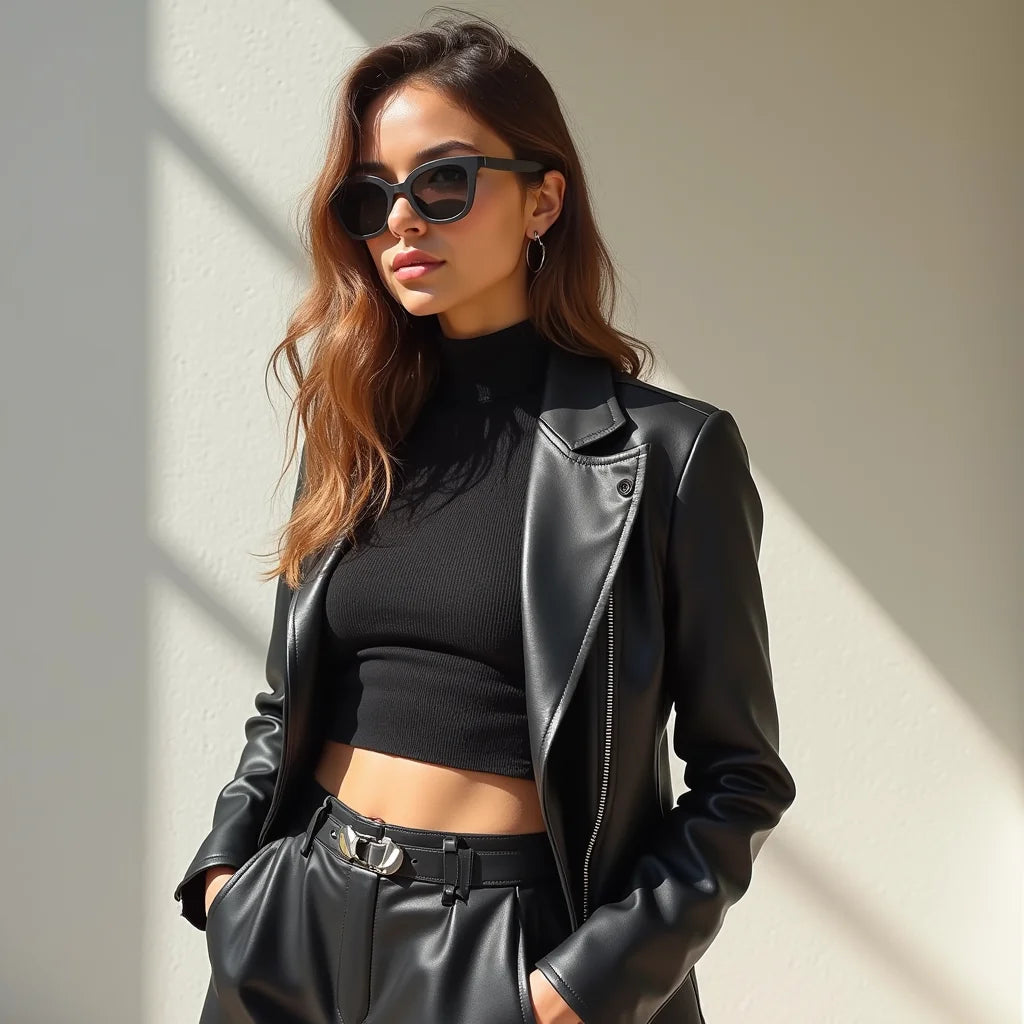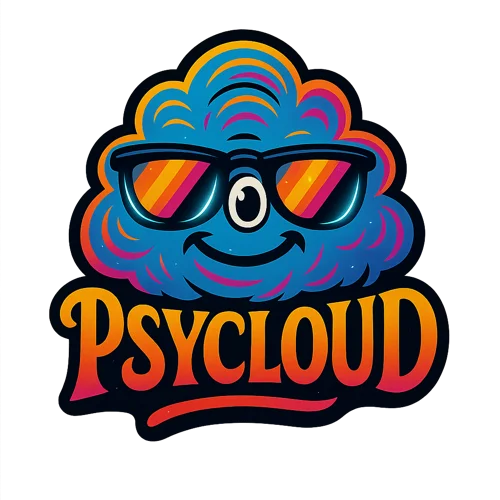
Alternative Fashion Styles Decoded for Every Aesthetic
Share
Updated on: 2025-10-21
- Alternative fashion styles explained for real-world closets
- What are the different types of alternative fashion styles?
- Key benefits of alternative fashion styles
- How to start dressing in an alternative fashion style: a step-by-step guide
- Step 1: Define your vibe
- Step 2: Build a base outfit
- Step 3: Add one statement piece
- Step 4: Accessorize with intention
- Step 5: Fit and comfort for plus size bodies
- Step 6: Outfit formulas and testing
- Step 7: Care and sustainability
- Subculture and counterculture fashion roots
- How subculture fashion influences modern wardrobes
- Best alternative fashion styles for beginners
- Alternative clothing styles for plus size bodies
- FAQ about alternative fashion styles
- Key takeaways on alternative fashion styles
- About the author
If your closet feels like a sitcom character’s uniform, alternative fashion styles are your plot twist. Think goth boots stomping confidently through errands, techwear pockets holding snacks, and boho layers that whisper “I read poetry and label my spices.” This guide translates alternative clothing styles into real-life outfits that play nice with your calendar (and laundry basket). We’ll cover subculture fashion, counterculture fashion, the best alternative fashion styles for beginners, and how to try looks without committing your entire paycheck or dignity.
Alternative fashion styles explained for real-world closets
Alternative fashion styles are looks that step outside mainstream trends and reach into subculture fashion. They come from music scenes, art movements, and street style. Instead of copying whatever shows up in a department store window, you build a personal blend. That might mean a grunge flannel over a techwear tee, or a dark academia blazer paired with chunky boots. The goal is expression, not perfection — and definitely not discomfort. If your outfit feels like a costume, tweak it until it feels like you.
What are the different types of alternative fashion styles?
Here’s a quick tour. Pack snacks; we’re stylishly wandering:
- Goth: Black on black, velvet or mesh textures, silver hardware, and moody silhouettes.
- Punk: Distressed denim, DIY patches, band tees, tartan, and tough boots.
- Grunge: Oversized flannels, vintage tees, slouchy jeans, and beat-up sneakers.
- Emo/Scene: Skinny jeans, graphic tees, layered accessories, and pops of neon.
- Techwear: Utility pockets, water-resistant fabrics, strappy details, and minimal palettes.
- Cyber/Trippy: High-contrast prints, iridescent touches, and festival-friendly gear.
- Boho/Bohemian: Flowy layers, natural fabrics, tassels, and earthy tones.
- Dark Academia: Tweeds, blazers, pleated skirts, loafers, and scholarly vibes.
- Rockabilly/Vintage: High-waist cuts, retro prints, cuffed denim, and classic jackets.
- Kawaii/Harajuku-inspired: Playful colors, bold prints, and whimsical accessories.
Most people mix and match. You’re not locked into one lane; you’re driving a stylish go-kart through all of them.
Key benefits of alternative fashion styles
- Personal identity on display: Clothes become a conversation, not just cover.
- Timeless over trendy: Many looks outlast micro-trends and still feel fresh.
- Flexible budgets: Thrift, DIY, and smart layering keep costs sensible.
- Comfort forward: Loose fits, breathable fabrics, and boots that actually walk.
- Community connection: Subculture fashion signals your tribe without saying a word.
How to start dressing in an alternative fashion style: a step-by-step guide
Step 1: Define your vibe
Grab a notepad. Write three words you want your outfits to say, like “moody, smart, functional.” That might point to dark academia with a techwear twist. Save a few images of outfits you’d actually wear to the grocery store, not just to a photoshoot. This trims fantasy down to reality without losing the fun.
Step 2: Build a base outfit
Start with neutrals that fit well: black jeans, a structured tee, or a simple skirt. This base is your stage. The alternative fashion styles show up when you add layers and details. Keep it clean, comfy, and easy to wash.
Step 3: Add one statement piece
Pick one hero per outfit: a distressed jacket, a mesh top, or a boldly printed tee. That single move shifts your look from “regular day” to “alt fashion styles on purpose.” Resist putting your entire closet on at once; subtlety is a power move.
Step 4: Accessorize with intention
Belts with metal hardware, chunky boots, layered chains, and bags with character finish the look. Think function plus flair. If you like cyber or festival-inspired details, a sturdy printed bag or useful drinkware can be both practical and stylish. Explore tees and accessories to anchor your outfit with a statement graphic or piece you’ll re-wear often: Men’s graphic tee, Women’s graphic tee, Festival-friendly accessories, Vegan sling bag.
Step 5: Fit and comfort for plus size bodies
Prefer elastic waists, flexible fabrics, or adjustable straps to keep movement easy. For alternative fashion styles for plus size, try straight or wide-leg bottoms with a structured top, or a flowy layer over fitted basics. It’s a high-low balance: one tailored piece, one relaxed piece. No squeezing into anything just to match a mood board — your comfort is the look.
Step 6: Outfit formulas and testing
Keep two or three formulas on standby: 1) Techwear tee + cargo pants + utility belt + bomber. 2) Dark blazer + pleated skirt + loafers + chain. 3) Oversized flannel + band tee + straight jeans + boots. Snap photos to see what works and repeat the wins. If an outfit passes the “coffee run test” without second-guessing, it’s in the rotation.
Step 7: Care and sustainability
Pick sturdy fabrics and repair-friendly pieces. Wash graphics inside out. Patch denim and replace laces before tossing boots. Alternative clothing styles thrive when you treat them like long-term friends, not flings.
Subculture and counterculture fashion roots
Subculture fashion reflects the values, music, and art of a community. Counterculture fashion pushes back against the mainstream and challenges norms. Punk customized jackets to reject polished style; goth embraced dark romance; techwear favors performance and form. While each look has a history, today’s outfits are often hybrids. Your cyber-grunge-boho mashup is valid, welcome, and probably very comfortable.
How subculture fashion influences modern wardrobes
Runways borrow from underground scenes every season. The secret sauce is authenticity. When you wear alternative fashion styles in daily life, the point isn’t to cosplay a decade. It’s to pull ingredients you love — a silhouette here, a fabric there — and build a signature that feels current without becoming trend soup.
Best alternative fashion styles for beginners
If you’re new to alternative clothing styles, start small. Here are beginner-friendly picks that won’t scare your mirror:
- Grunge-lite: Soft flannel over a solid tee, relaxed jeans, neutral sneakers.
- Dark academia casual: Knit vest, crisp shirt, dark trousers, loafers.
- Soft goth: Black jeans, monochrome tee, silver chain, chunky boots.
- Techwear intro: Utility joggers, structured tee, lightweight shell jacket.
- Boho breezy: Flowing cardigan, fitted tank, midi skirt, simple sandals.
Pick one lane for the day and add one accessory that nods to another lane. That’s a gateway outfit — and it’s how best alternative fashion styles for beginners become second nature.
Alternative clothing styles for plus size bodies
Alternative fashion styles for plus size shine with smart structure and ease. Here are quick wins:
- Build vertical lines: Long cardigans, unbuttoned overshirts, and pendant necklaces guide the eye smoothly.
- Mix textures: Matte fabrics under shiny hardware create depth without bulk.
- Dial in the waist your way: Belts, wrap cuts, or boxy fits — choose what feels best and move on.
- Footwear matters: Supportive boots or platform sneakers add presence and comfort.
- Layer strategically: One statement layer plus simple basics beats three heavy layers every time.
Confidence is the accessory people notice. If it pinches, scratches, or rides up, it’s a no from us. The alternative is feeling good.
FAQ about alternative fashion styles
What are the different types of alternative fashion styles?
Common styles include goth, punk, grunge, emo/scene, techwear, cyber, boho, dark academia, rockabilly, and kawaii. Many outfits mix elements across categories. The best one is the one you’ll actually wear.
How do I start dressing in an alternative fashion style?
Choose three words for your vibe, build a comfortable base outfit, add one statement piece, then accessorize. Test simple outfit formulas and repeat what feels natural. Start small and level up as your confidence grows.
Can I build an alternative wardrobe on a budget?
Yes. Thrift core pieces, DIY patches, and buy versatile items you can style many ways. One great jacket or bag does more work than five so-so items. Focus on fit, fabric, and re-wear potential.
Can alternative fashion styles work for a workplace?
Often, yes — with subtlety. Try dark neutrals, structured layers, and toned-down accessories. Save heavy distressing and loud prints for off-duty looks. You’re expressive, not disruptive.
Key takeaways on alternative fashion styles
Alternative fashion styles are a toolbox, not a rulebook. Start with a comfy base, add one statement piece, and finish with accessories that do some personality heavy lifting. Borrow from subculture fashion and counterculture fashion without copying them outright. Blend looks you love, keep your budget sane, and choose pieces you’ll wear on real days, not just hypothetical rooftop concerts. Your style is allowed to evolve — and it should.
About the author
My Store My Store
My Store My Store writes friendly, practical guides that help people explore alternative clothing styles with ease and confidence. With an eye for wearable details and a knack for outfit formulas, they translate bold aesthetics into everyday looks. Thanks for reading — your next great outfit is closer than your laundry basket.
